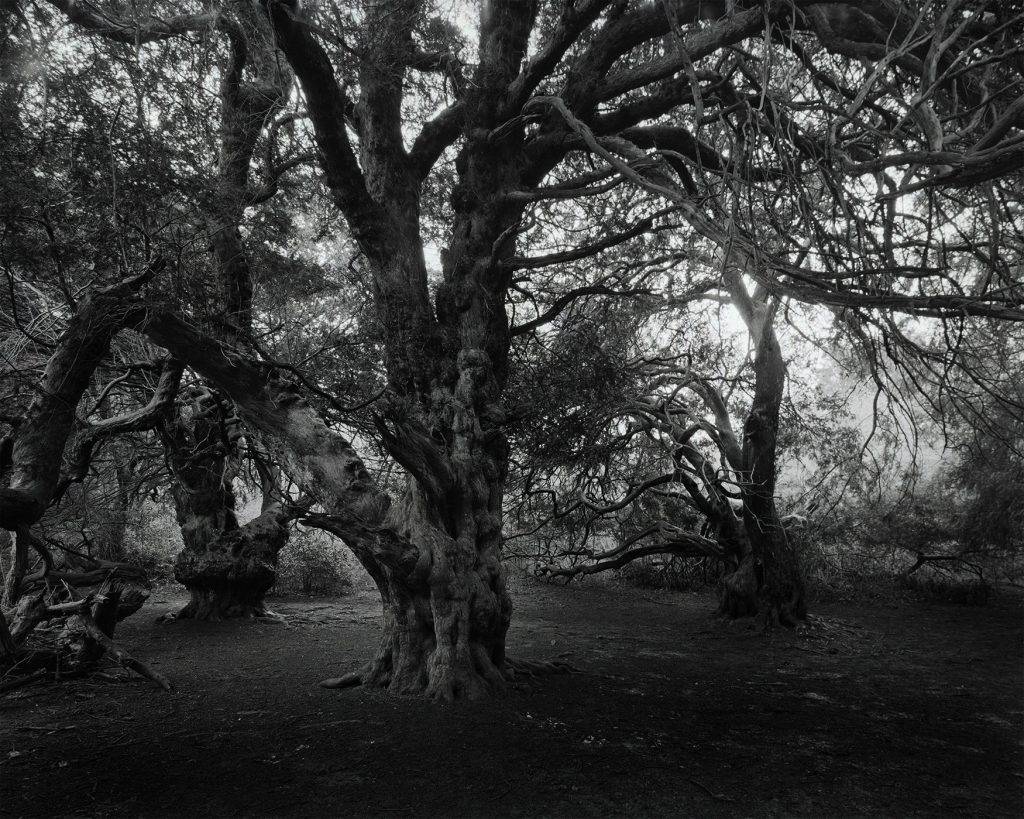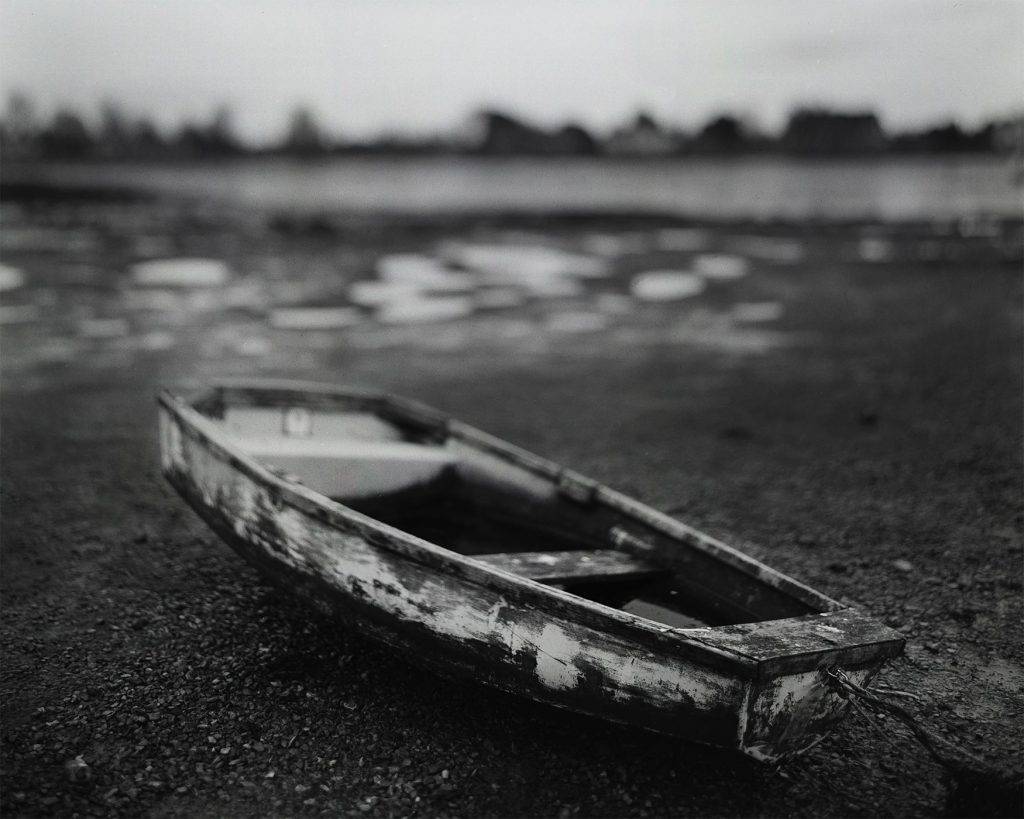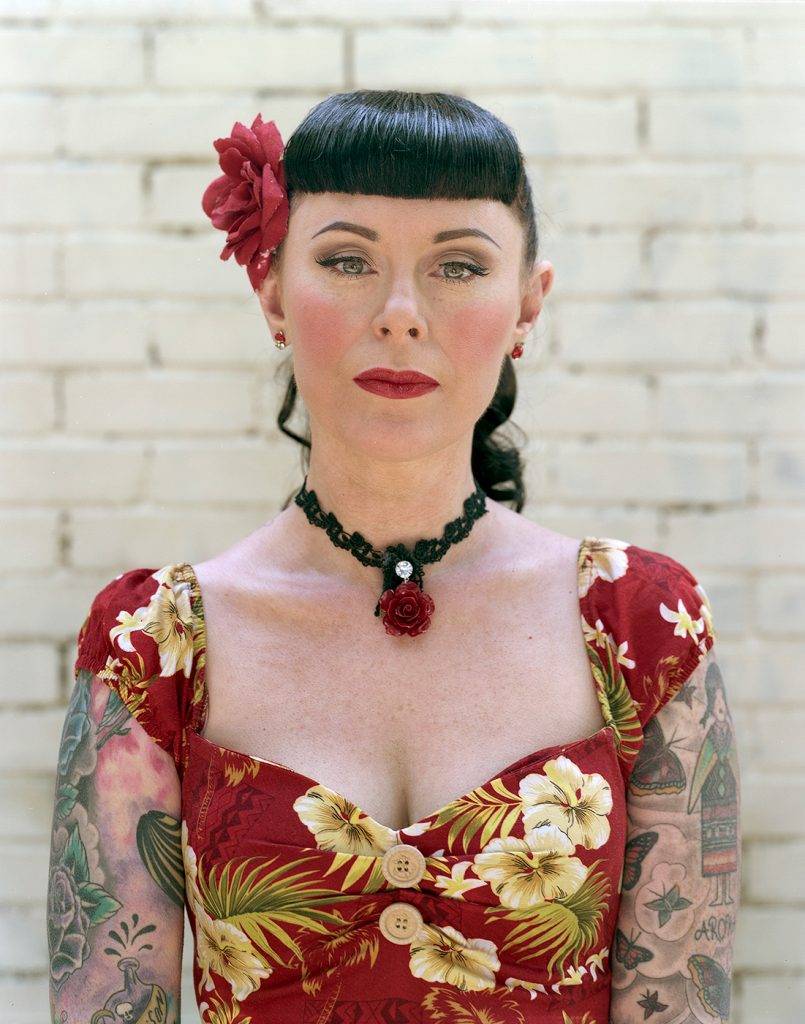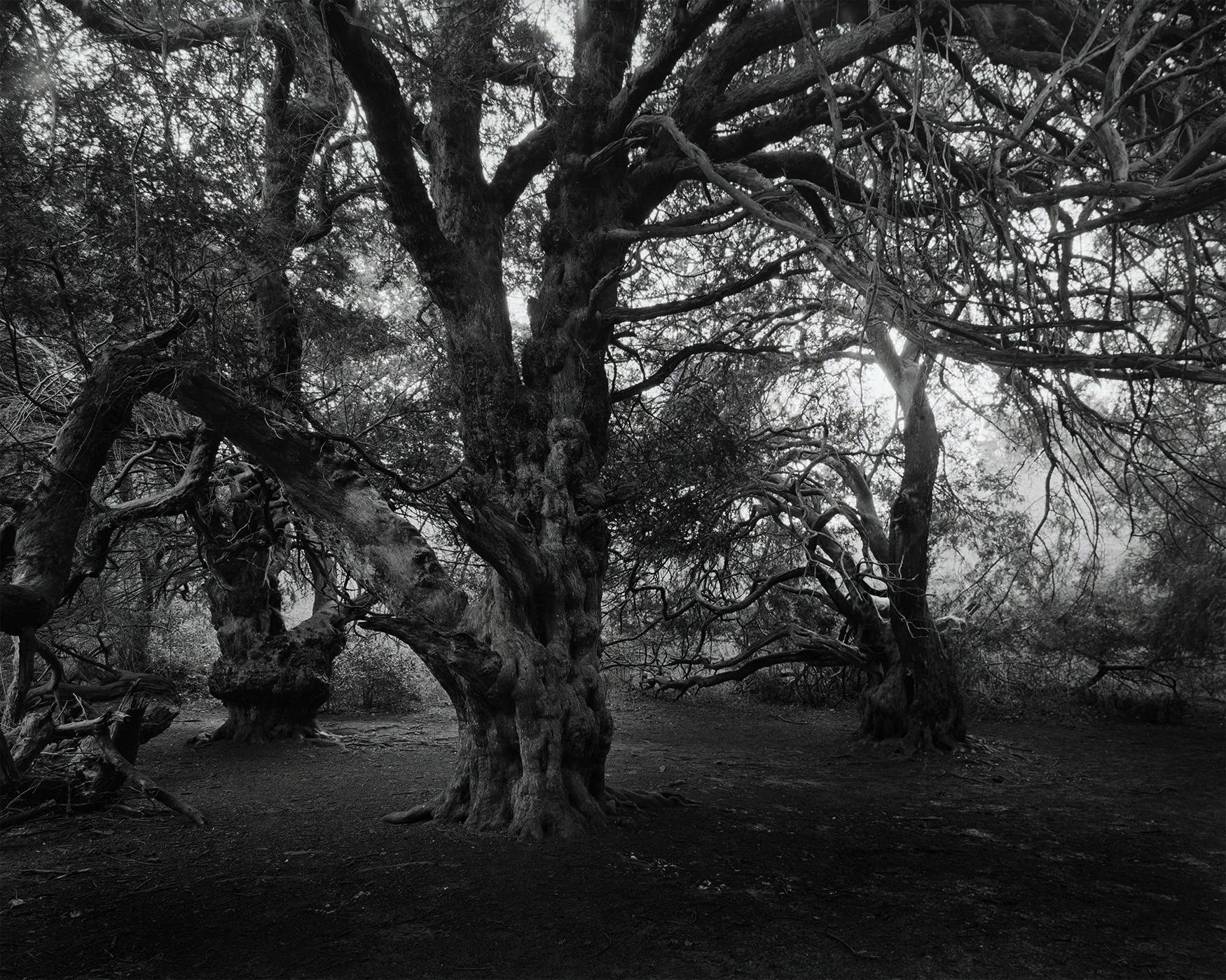
You’ve bought a camera. Sourced a lens and film holders, got hold of the accessories you need and now you are ready to buy some film and get shooting. These are my top tips for choosing your first box of film.
I think every photographer should have a ‘go to’ film that he or she knows inside and out. It helps you when you are shooting in difficult conditions or if you have any camera issues. Basically, it cuts down the variables and makes things simpler when you need to problem solve. If you are new to film photography the temptation is to try a new film type every time you order the next box of film.
There is nothing wrong with doing this if that what you enjoy. However, if you look back to the time when film was the only game in town, most successful pros would tend to pick a very narrow range of films and stick to them. It was not unusual for a photographer to just use one film stock that they knew intimately. A lot of great careers were built this way.
Making successful photographs is often based upon sticking with the same repeatable methods and honing your vision gradually over time. There are no magic bullets, just incremental breakthroughs throughout your photographic life. Most photography writing is heavily invested in getting you to spend money on the next camera, next lens or whatever. It is much more productive to think about refining your vision with what you have now.

Film Speed
The choice of film speeds in 4×5 film is limited compared to smaller formats, but you can still buy most of the more popular emulsions. Almost everything you can buy is between 100-400 iso. Personally, I always buy 400 film unless I have a specific reason not to. Most large format photography is shot at small apertures, typically f16 or f22 and it is noticeable how quickly you can start to run out of light with slower films.
If you are just getting started, being able to use shutter speeds a just a couple of stops faster will make things easier. It can get you out of the zone where you have to worry about motion blur. If you are using a tripod that is marginal in terms of stability it can help minimise the possibility of camera shake. Film grain is usually not an issue with large format. So choosing a 400 film won’t have the same drawbacks as it does with other formats. However, you will notice a difference in tonality compared to slower films, not better or worse, but different.

Colour or Black and White?
Currently, large format colour film is 3 times the price of black and white. When you start shooting you are going to make mistakes. Ideally, you want those mistakes to be as cheap as possible. Black and white film is much cheaper to buy and can be developed at home yourself, further cutting the cost. If you are a colour photographer, I would recommend shooting at least some black and white film to begin with. Just to make sure you have the basics nailed down before shooting colour at £10 a shot. Once you feel confident in operating your camera, switch to colour and don’t look back.
Familiarity is best.
If you are already an experienced film user, you probably have a favourite film or two. When you are starting 4×5 it makes sense to shoot with a film you already know. There is a temptation to buy expired stocks or to shoot one of the cheaper old eastern bloc films. But if you don’t intend to go in this direction in the long term, it simply means you will have to do two sets of testing.
It is also true that some processing errors look similar to camera malfunctions. For example, it is not always easy to tell the difference between overdevelopment and overexposure. So if you are new to a camera or lens it makes sense not to experiment with film stocks at the same time. One caveat is that Kodak make two types of Tri-X. 400TX is the emulsion in 135 and 120 sizes while 320TX is only available in sheets and they are very different films.
Expired Film
Although there are bargains to be had by purchasing out of date film, always be wary of using it when you are new to a camera. As film ages, its true ISO diminishes. So 10 year old film may have lost a stop or more of speed. On top of that you can never really be sure how a film has been stored. Just because two batches of film might be the same age, it doesn’t necessarily mean they will have the same qualities. This makes it difficult to diagnose faults in a new camera. Underexposure could be a faulty shutter, fogging could a leaky bellows. Equally, they could also both be symptoms of badly stored, expired film. Expired film will just muddy the waters when you are testing a camera, or if you think your camera has developed a fault.
Repeatability is also an issue if you are using expired film. Personally I prefer to have as few variables as possible in my film/development routine. I use fresh film, fresh chemicals and try to do everything the same way every time. If I am not happy I’ll change one thing, not five. Expired film means every box has to be tested to ensure predictable results. So your routine is potentially changing with every new box of film you get hold of.
Obscure and Boutique Films
Not all film is made by Kodak, Ilford or Fuji. There are some great films made by Adox, Foma and others that are certainly worthy of your attention. The reason why I wouldn’t recommend them as a first film or a standard film when you are starting out is they tend to have much less information about them online. What information there is can often be unreliable or just plain wrong. If you are having problems with a mainstream film there are hundreds or even thousands people online in forums and facebook groups who have extensive knowledge of these films. If you pick up the latest boutique offering from an obscure company, you might find no one is there to answer your questions. You can waste a whole box of film this way or lose a promising shot.
Recommendations
Black and White film: Ilford HP5+
I have used both Ilford HP5+ and Kodak Tmax400 extensively in 4×5. The reasons I would recommend HP5+ are it is very predictable, not too fussy in development and widely known by the film community. Tmax400 offers better overall image quality, but at the moment a box of 10 Tmax400 costs about the same as 25 sheets of HP5+. If you are a beginner large format photographer looking to burn some film to get experience that cost difference is a bit of a deal breaker.
Also consider:
Ilford FP4+ A lovely film but almost two stops slower than HP5+. If you are shooting in situations with plenty of light this would make a perfectly fine choice.
Kodak Tmax100: Probably gives the the sharpest and finest grained negatives of all the black and white films available, but too slow to be a good general purpose film for people starting out. You would need some big lights to shoot studio portraits at f22!
Colour Film: Kodak Portra 400
An easy choice if you need a 400 speed colour film as it is the only one currently available. Beautiful colours, fine grain, a real masterpiece of a film. Expensive but worth it.
Also consider: Fuji Provia 100F.
Once the standard transparency film amongst commercial photographers Fuji Provia 100F is the only remaining general purpose slide film in 4×5. 4×5 transparencies are staggering beautiful, but slide film is much trickier to use than colour negatives as well as being harder to scan.
More large format articles
A beginner’s guide to the large format film camera
How to load a large format film holder

That presumed you can get the film of your choice in the format your camera needs. Some of us have quarter-plate 3×4 cameras, or other oddities. Ilford does have a once-a-year window when you can order film cut to less common sizes, and some of the less-well-known brands may have them in stock, but unless you are willing to trim (and waste a lot of) fi yourself those may be your only options.
Another alternative, if you can find or adapt one, Is to attach a medium-format film carrier to your large-format camera. You’ll have to get used to the cropped view, and it doesn’t get you large format’s extra resolution, but there are a lot more options in 120 than in sheet film (plus commercial processing being available), and it does let you get used to the large format camera’s optical behavior. And it has some convenience advantages.
Similarly, remember that you can try push-processing film if you really need the extra stop or two even after tripod and selecting a subject that won’t move. Again, obvious compromises, but it may help keep the budget under control while you’re learning.
(New to large format myself, and working with a barely-suppirted film size, so I’ve been wrestling my own way through this particular jungle.)
Thanks for the comment!
I do agree that medium format film backs can be a useful addition. I have one myself but I must admit I very rarely use it. I prefer to use a medium format camera. It is also true that you can push film although it is extremely rare to see anyone doing it in large format. Most people tend to just use longer exposures as the camera is always mounted on a tripod anyway. The must also be a crossover where pushing degrades image quality too much so you’d be better off shooing a smaller format and opening up a couple of stops. There isn’t really a perfect solution.
Good article and blog in general. I’ve been making photos on 4×5 for a year or so- buying an inexpensive camera and working out how to use it. You may have strong feelings about Foma film but it’s so significantly cheaper than anything else for sheet film that it seems crazy not to use it for first forays into LF even if (and I agree) Ilford is easier to make attractive images on. Pyro staining developer, like PMK for example, can get better results with Fomapan 100/400 if you are finding it can be ‘muddy’ in use- it does have quite nasty stuff in it though.
I have seen some really great work shot on Fomapan. I think the most important thing initially is to shoot with something you are familiar with or want to use long term. If you have a new camera and unfamiliar film then you could be in a position where you mistake overdevelopment for overexposure, for example. So I would always recommend you minimise variables at the learning stage. I had a similar experience when I bought a new spotmeter and got a bad batch of Xtol at the same time. I wasted a lot of time and sheets of film misdiagnosing the problem because I thought I was metering incorrectly. When in fact the problem was somewhere else.
Pingback: Field Camera vs. Monorail. Which is better? - Tobias Key